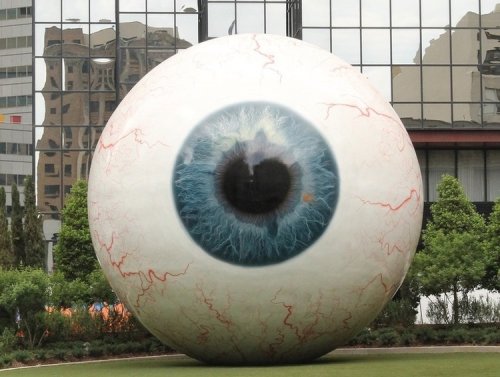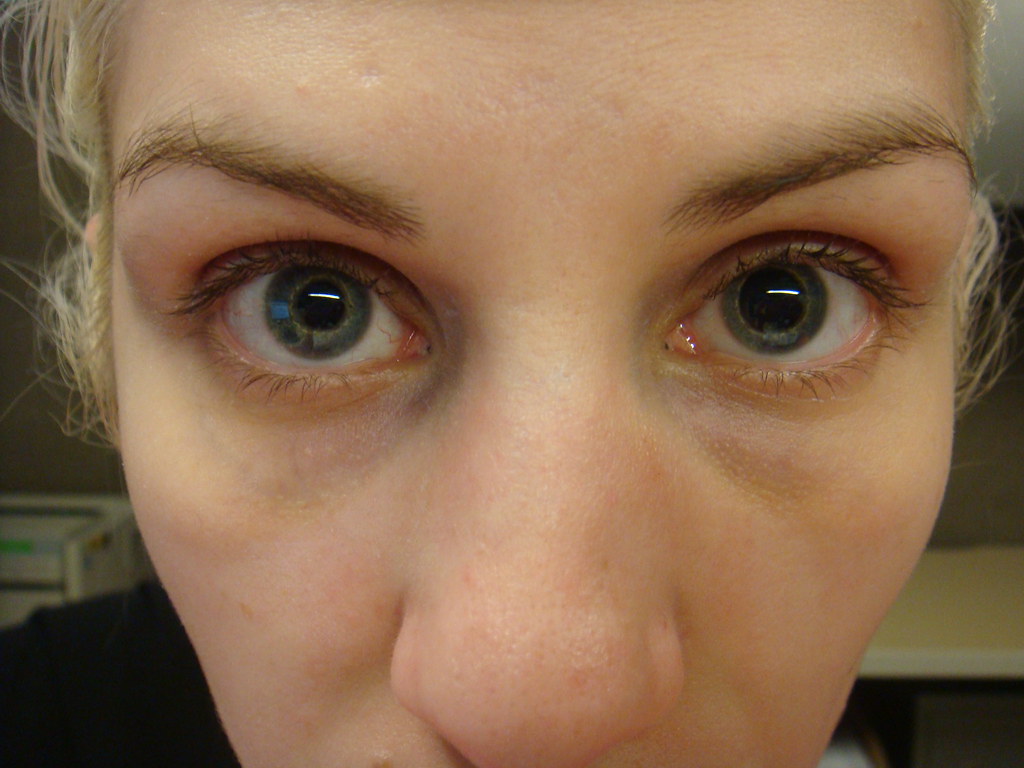
Approximately 20% of the population have unequal pupils, but it carries no more significance than having slightly different shoe sizes. What causes anisocoria (unequal pupils)?Ĭhildren may be born with unequal pupils (anisocoria) or may develop the condition.

It appears black (sometimes red in photographs) but is actually clear. The pupil is the black circle at the centre of the iris that allows light to enter the eye so we are able to see. It is a muscular tissue which causes the pupil to vary in size depending on the lighting conditions and so controls the amount of light entering the eye. The iris is the coloured part of the eye. Below is an example of a small right pupil and a larger one in the child’s left eye. In normal eyes this will happen equally in each eye. The iris regulates the amount of light entering the eye by enlarging or shrinking the pupil size.

Physiologic anisocoria under various lighting conditions.Anisocoria is a difference in the pupil size between the eyes. Label: Salagen - pilocarpine hyrochloride tablet, film coated.You can learn more about how we ensure our content is accurate and current by reading our editorial policy. We link primary sources - including studies, scientific references, and statistics - within each article and also list them in the resources section at the bottom of our articles. Medical News Today has strict sourcing guidelines and draws only from peer-reviewed studies, academic research institutions, and medical journals and associations. eye trauma, such as being hit or poked in the eye.Physical problems with the eyes that can cause the pupils to be different sizes include: Sympathomimetics, which help treat heart failure or sepsis.Pilocarpine, which is eye drops or gels that treat glaucoma.Oral pilocarpine, which treats dry mouth or damaged saliva glands due to head and neck cancer treatment, or Sjogren’s Syndrome.Anticholinergics, a class of medication for conditions including:.MedicationsĬertain medications can also cause pupils to be different sizes. It is not a life-threatening condition.Ībout 90% of cases occur in women between 20 and 40 years of age.Īlthough usually not harmful, having a tonic pupil may lead to someone becoming miotic, or chronically having a small pupil. Tonic pupil is where one pupil will appear abnormally large in light, taking a long time to constrict. little or no sweating on that side of the face.They will also have all or some of the following symptoms: People with Horner’s syndrome have one abnormally small pupil. An aneurysm causes pain and is a life-threatening condition that needs immediate attention. TNP can be due to pressure on the third nerve from an artery aneurysm. However, some cases of TNP in children are congenital, meaning they occur from birth. Other causes of TNP in children include migraine and severe infections, such as meningitis.



 0 kommentar(er)
0 kommentar(er)
